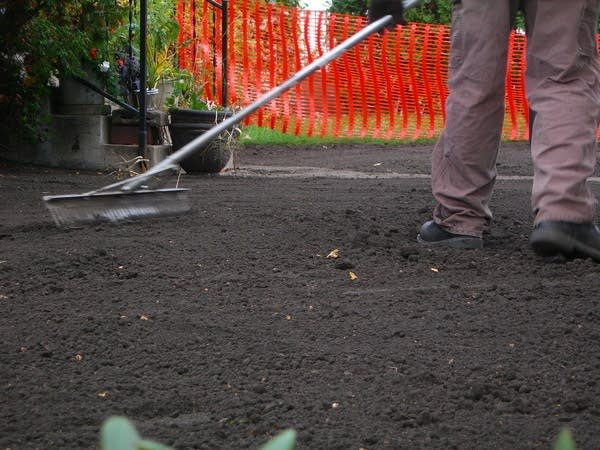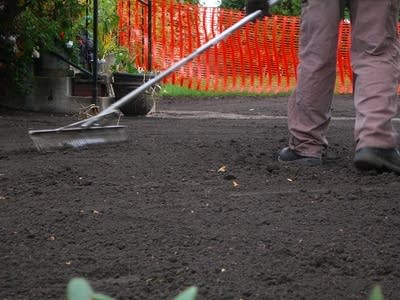EPA halts arsenic soil tests in south Minneapolis
Go Deeper.
Create an account or log in to save stories.
Like this?
Thanks for liking this story! We have added it to a list of your favorite stories.

State agencies discovered lethal levels of arsenic contamination at the site of a former pesticide plant in south Minneapolis in 1994. They figured any contamination in surrounding neighborhoods got there by way of wind.
But when the agency went out to sample a three-quarter mile radius around the plant, the EPA found that wind dispersion caused only small amounts of arsenic to spread, according to the EPA's Tim Prendiville.
"When you have air dispersion, you expect to see decreasing concentrations as you move away from the source area and we only see that trend at very low levels...at levels below 10 parts per million (ppm). And there are levels out there above 95 parts per million," he says.
The EPA study refutes the idea that the plant is solely responsible for the contamination in the Corcoran, Phillips, Longfellow and Seward neighborhoods. The plant probably contributed some contamination but the agency doesn't know how much, Prendiville says.
Turn Up Your Support
MPR News helps you turn down the noise and build shared understanding. Turn up your support for this public resource and keep trusted journalism accessible to all.
The EPA study doesn't change the two cleanup projects that the agency has underway. Workers are cleaning up almost 200 homes with high levels of arsenic in the soil under a Superfund emergency program. The EPA still has plans in place to cleanup at least 400 other homes under a longer-term cleanup program.
"All we need to show is that a facility contributed some level of contamination to an area. That would allow us to clean up all of the contamination in a certain area. We don't have to show that everything out there that is causing all the risk is from this specific facility in order to take an action," Prendiville says
The agency will not extend soil sampling outside of the three-quarter mile radius around the site because it's not responsible for contamination beyond that boundary.
Rep. Karen Clark, DFL-Minneapolis, represents some of the neighborhoods with contamination. She says regardless of how the arsenic got in the soil, people want to know how to protect themselves from it.
"I think a very important question to be asked is what are the other sources and who's going to investigate and who's going to take responsibility to help us find out where this came from," Clark says.
Other sources of the contamination could come from a combination of things like people using pesticides, fertilizers, and treated lumber over the past decades or naturally occurring arsenic, according to Prendiville. He says the Superfund program is not built to deal with just general contamination caused by human activity.
"There really isn't any federal program that I know of that is built to deal with that issue and I'm unaware of any state program that has the resources or the ability to deal with general contamination like that."
For now, the EPA is still trying to determine what is considered a safe level for long-term exposure to arsenic-contaminated soil. The agency hopes to have that information for residents by the end of this year.



